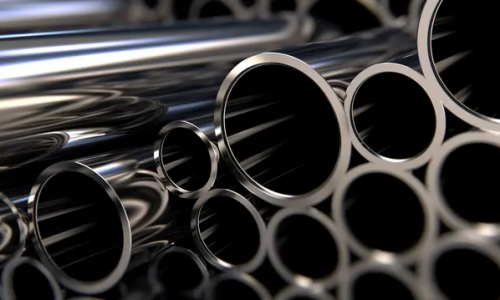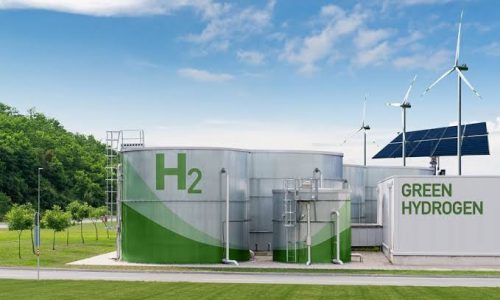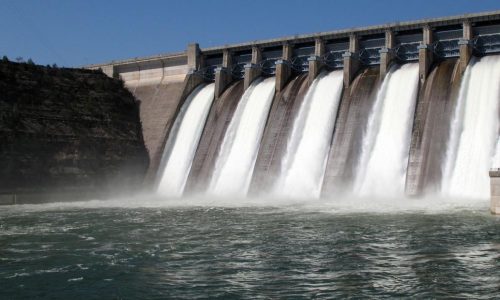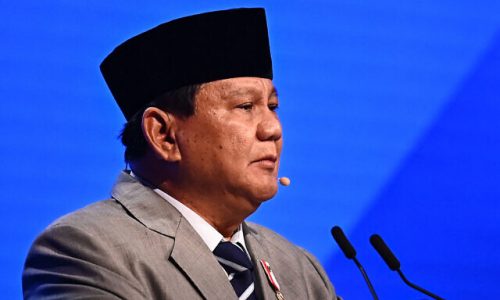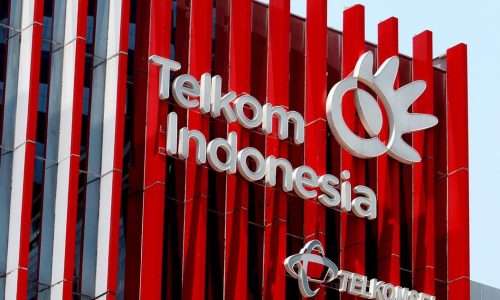Pertamina, through its subsidiary Pertamina Hulu Energi (PHE), is seeking to obtain funding from the Just Energy Transition Partnership (JETP) to accelerate the implementation of carbon capture utilization and storage (CCUS) technology for the upstream oil and gas sector.
“Officially we have not submitted a project proposal for JETP, but communication has been carried out and it is hoped that we can get part of JETP for CCUS research in Pertamina and non-Pertamina fields,” said Fadjar Djoko Santoso, spokesperson for Pertamina on Tuesday, June 20, 2023.
CCUS-EOR projects and potential candidates
PHE currently has several projects using CCUS-EOR method such as:
- Gundih in Central Java in collaboration with Pertamina Center of Excellence (CoE) Bandung Institute of Technology (ITB), J-Power which will be completed in 2026, is estimated to have a CO2 emission storage potential of 3 million tonnes over 10 years;
- Sukowati project in Central Java which is still at the planning stage in collaboration with the Oil and Gas Institute (LEMIGAS), Japan Petroleum Exploration Co Ltd (JAPEX), has the potential to store CO2 emissions of 14 million tons for 15 years, and will be tested in 2026-2027;
- Ramba project in South Sumatra which is still being researched, will be completed in 2030; and
- Jatibarang project which had already been injected in 2022.
Santoso said that the company has marked several other oil and gas fields that have the potential utilize CCUS technology. For example, the Central Sumatra Basin, the Kutai and South Asri Basins, the Gundih and Sukowati oil and gas fields, Central Java and Donggi Matindok in Central Sumatra.
These projects have the potential to be studied through the collaboration of JAPEX, Japan NUS Co Ltd (JANUS), Exxonmobil, Pertamina and Japan Oil, Gas and Metals National Corporation (JOGMEC), Chiyoda Corporation, and Mitsui.
CCUS project for production increase
Pertamina through the PHE upstream sub-holding is reviewing four CCUS projects to encourage oil and gas production increase, aimed at draining the remaining oil through the Enhanced Oil Recovery (EOR) and Enhance Gas Recovery (EGR) methods by injecting CO2 gas into the field in order to increase the amount of oil production, in fields where oil reserves are starting to run low while at the same time pursuing trying to achieve carbon emission reduction targets.
“In the Jatibarang Field we will [had] test carbon injection which is planned to start at the end of 2022,” said Budiman Parhusip, President Director of PHE, on September 22, 2022.




